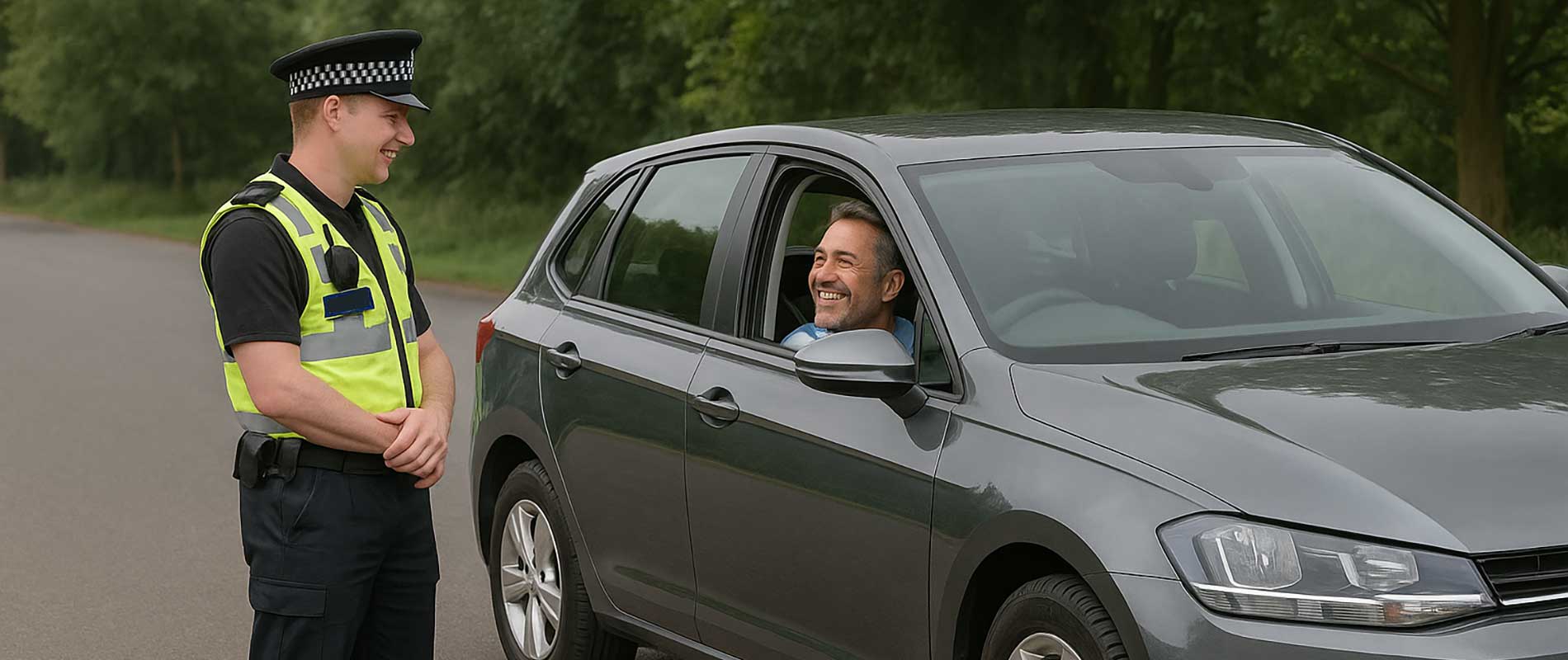It Depends on the Insurer; and the Conviction
In most cases, yes, you can add a convicted driver to an existing policy, but not without checks and conditions. Insurers in the UK take any conviction seriously, whether it’s for speeding, using a phone at the wheel, or something more severe like drink or drug driving. They’ll want full details before deciding. If they’re willing, they’ll add the driver to your policy; but expect the premium to rise, sometimes sharply.
Insurers aren’t trying to be difficult. They price risk. A driver with a conviction represents a higher likelihood of future claims, and that risk has to be built into the cost. The key question isn’t “Can I?” but “Will my insurer allow it; and at what price?”
Declaring Convictions Honestly
If you’re thinking of adding a convicted driver, honesty is non-negotiable. Every insurer asks about motoring offences and endorsements. Hiding them will almost certainly void the policy if it comes to light later; even if an accident had nothing to do with the conviction. Be prepared to provide the code (like DR10 or IN10), the date, and the length of any ban or points.
Some convictions will be considered “spent” after a period of time under the Rehabilitation of Offenders Act, but not all insurers treat them equally. When in doubt, declare them. It’s far better to over-share than to find your cover invalid when you need it most.
How Insurers Assess the Situation
When you ask to add a convicted driver, insurers look at several factors: the nature of the offence, how long ago it occurred, the driver’s age, and the type of vehicle. A recent drink-driving conviction will raise far more red flags than an old speeding offence. The insurer may allow the addition but restrict when or what the driver can use; for instance, excluding business use or higher-powered cars.
In fleet or household policies where several people drive the same vehicle, some insurers will only accept the convicted driver under strict supervision or after a review period. Others may refuse outright if the offence was serious or recent. It’s a case-by-case call.
When It Makes Sense; and When It Doesn’t
There are times when adding a convicted driver makes practical sense; for example, a family member who has completed a ban and needs to drive again for work or childcare. In such cases, adding them as a named driver can be simpler and cheaper than taking out a separate policy. It keeps everything under one roof and avoids duplicate administration.
However, if the insurer quotes a huge increase or seems uneasy, it might be wiser for the convicted driver to get their own specialist cover. Specialist brokers exist precisely for this reason. They can often secure fairer prices by matching drivers with underwriters who understand rehabilitation and risk management.
Practical Tips Before You Call
Before contacting your insurer, gather all the relevant details; licence number, conviction codes, dates, and proof that the driver’s licence is valid again if they’ve been banned. Ask for a written quote or confirmation before the change takes effect. If you’re uncertain about affordability, request two quotes: one with the driver added and one without, so you can see the difference clearly.
It’s also worth reviewing the policy terms. Some companies apply an administration fee every time a driver is added or removed, so factor that in before making changes.
Looking at the Bigger Picture
Adding a convicted driver to your car insurance isn’t impossible, but it’s rarely straightforward. Expect to pay more, answer more questions, and perhaps shop around if your current insurer declines. Most importantly, keep everything transparent. Once insurers see honesty and steady behaviour over time, they’re more likely to offer leniency in future renewals. In the end, it’s not just about adding a name to a policy; it’s about rebuilding trust, one careful mile at a time.

